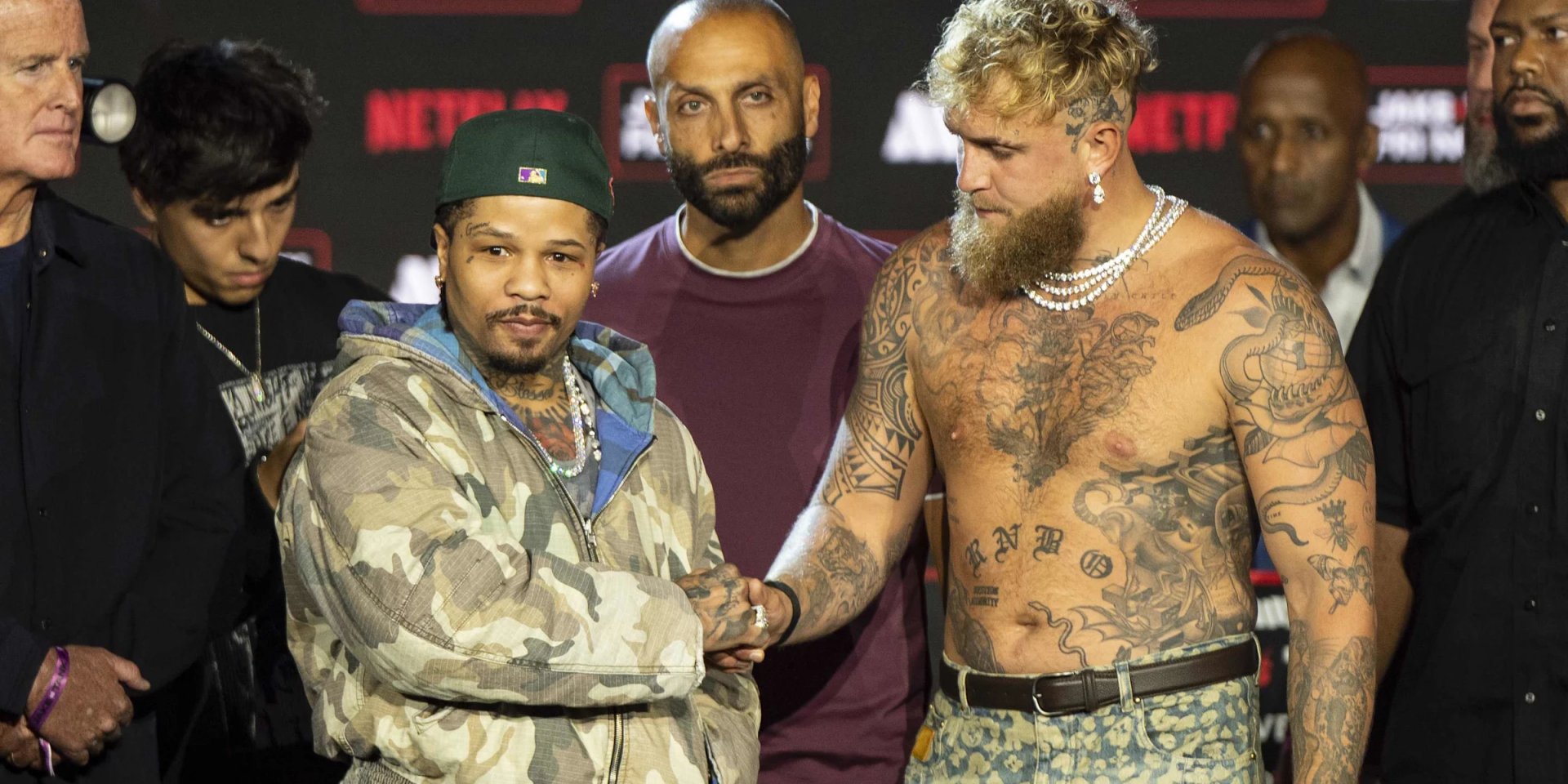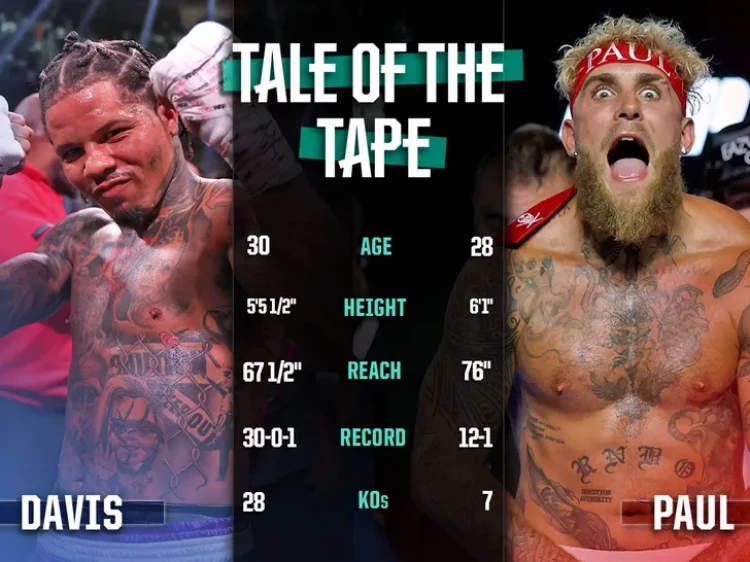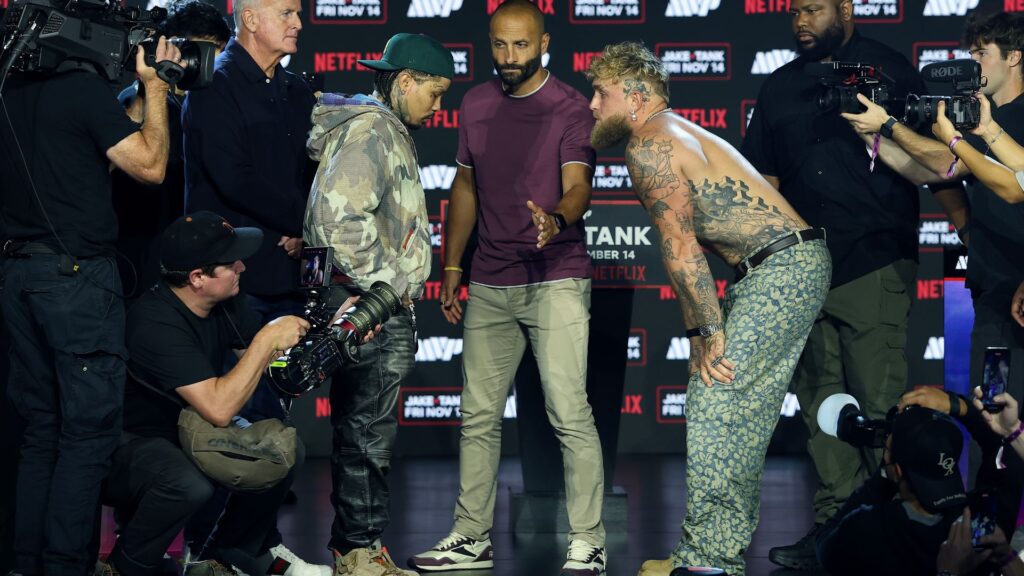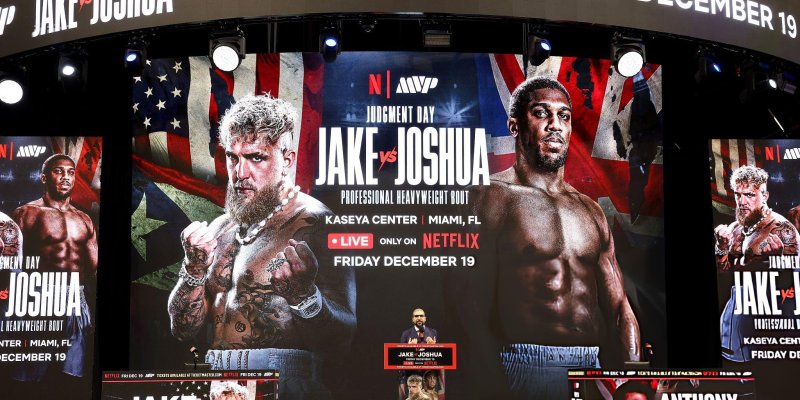
The story featuring content-creator-turned-boxer Jake Paul and fearsome knockout artist Gervonta Davis has rapidly become the fall's biggest buzz: the rivals not only agreed to an exhibition bout on 15 November, but also made a side wager — the winner takes $2 million. Behind the bold statements, however, lie plenty of nuances: from a significant size disparity to the mixed career context each man brings in.
Bet on the Result: Money as the Engine of Intrigue
Paul and Davis publicly agreed to the terms: the loser transfers two million to the winner. For an exhibition, a financial incentive of this scale is uncommon — the stake adds competitive heat and pushes both sides to treat the meeting as more than a light showcase.
Anthropometric Contrast: Height, Weight, and Real Risk

The key factor is the difference in dimensions. Paul is roughly 20 centimeters taller and about 30 kilograms heavier than his opponent. In boxing, such disparities are usually balanced by weight classes and regulations, but in exhibitions the boundaries can be wider. For Davis that means disciplined defense, explosive in-and-out entries, and careful energy management; for Paul — skillful use of the jab, distance control, and leveraging body mass in clinches.
Current Form and Career Context
By summer, Jake Paul had consolidated a place in the professional rankings: the WBA listed him 14th at cruiserweight, and on 29 June he defeated Julio Cesar Chavez Jr. Davis, in his most recent outing, could not pull ahead — his bout with Lamont Roach ended in a draw. Against the backdrop of the weight gap, that makes November's showcase even more of a statement opportunity for him.
Exhibition Format: What Changes?

An exhibition is not a title duel and typically comes with softer parameters: different round length, agreed glove size, and an emphasis on safety. But the cash wager and personal rivalry raise the temperature. Expecting "half-speed sparring" would be unwise: audience attention and the size of the bet tend to lift the pace and sharpen the exchanges.
Key to Victory: Style Versus Size
For Paul the plan is straightforward: control distance, score with the jab, and impose with his frame, steering exchanges into areas where physics favors him. Davis needs speed, burst on the entries and exits, level changes, and to force mistakes with counters. If "Tank" can disrupt the rhythm and make Paul miss, the equation becomes far less one-sided.
Bottom Line: A Wager on Spectacle

The November bout is not just a crossover of names from different boxing universes, but an experiment at the edge of the format. Money, mismatched dimensions, and contrasting styles promise a rare blend of sporting intrigue and media show. On one condition: both men must take the rules of engagement seriously — then on 15 November the audience will see not merely a showcase, but a genuine test of ambition.








